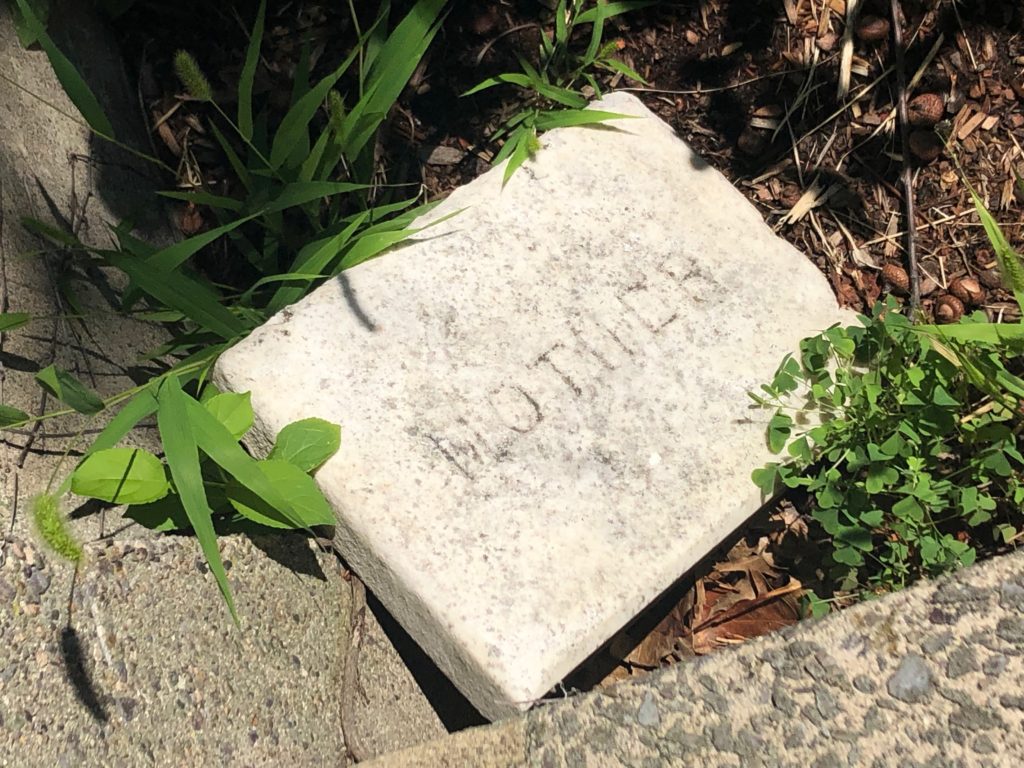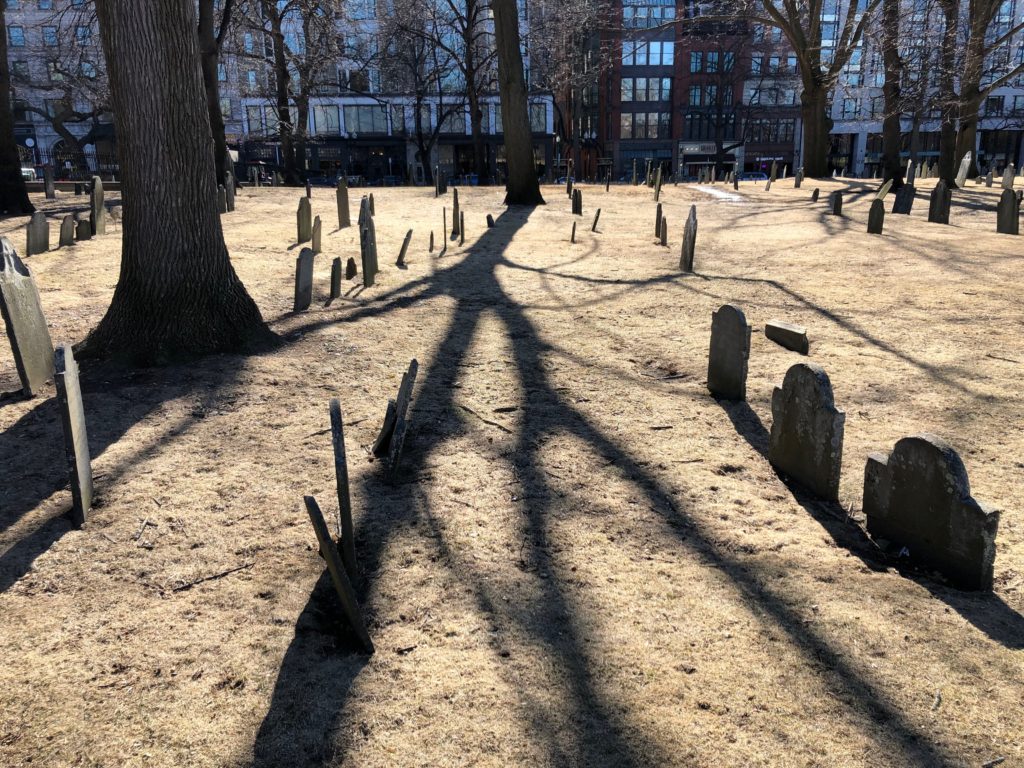
I’ve long loved Japanese ghost stories, ever since I came across the stories of Lafcadio Hearn. As the epitome of modernity, with its vast urban metropolis of Tokyo, sophisticated infrastructure, and advanced education, you might expect that these supernatural traditions would be fading in Japan. After all, Hearn recorded his stories in the nineteenth century. Instead, the traditions are evolving, as Christopher Harding has described in an article, “Ghosts on the Shore.” In the aftermath of the 2011 tsunami, ghosts didn’t disappear, but their role changed, as they comforted the living. Harding’s well-written and thoughtful piece is worth reading, particularly to hear the thoughts of one Zen priest who has an interesting take on the divide between the living and the dead.
What fascinates me about folklore is the commonalities across cultures. For example, there are many similarities between the seductive fox spirits of Japanese tradition and Wilderness Woman in Cree culture in Canada. I recommend Susan Elaine Gray’s piece on Wilderness Woman, which you can view for free; it’s chapter 10 in this book by Athabasca Press, Recollecting: the lives of Aboriginal Woman of the Canadian Northwest and Borderlands. In both cases spirit beings seduce humans, who are left confused, ill and enervated. Strangely, both of these spirit beings also share features with stories about dolphins in Amazonia, which is a radically different environment. While these dolphins are very real -I have seen their pink backs arching in Amazonian waters- these beings also are shape-shifters in Amazonian myths, in which can leave the water in human form. They are also seductive and dangerous beings to encounter.
These Amazonian traditions are also very much alive, and have adapted to an era in which there are power boats and medical clinics. Despite new technologies, young men and women in the Amazon rainforest tell troubling -and often erotic- narratives about their encounters with dolphin spirits (Slater). The fact that folklore originating from such distant areas all touch upon similar themes points to the universal challenges of being human: loneliness, alienation and temptation. These challenges do not disappear with modernity.
Of course these commonalities in global folklore have been known forever, or we wouldn’t have the Aarne-Thompson classification index for folktales. But how do diverse cultures separated by millennia of history create common traditions? For example, in the Amazon there is a rich folklore about the people who live in a mirror world under the waters. Humans who visit this realm may become enchanted if they eat any food there, after which they will be unable to leave their underwater existence. These stories sound much like peoples’ beliefs regarding the Orang Sungei in Bali, Indonesia. For one brief story about these peoples, read “Kasey and the River People,” a short story (three and a half pages, pp. 88-91) in Cat Wheeler’s wonderful and funny account of life in rural Bali titled Dragons in the Bath. The story briefly discusses not only the peculiar story of a haunted riverbank, but also beliefs regarding the underwater world. As in Amazonia, one has the sense that the line between our world and that of the enchanted ones is razor thin, and that one must careful not to slip over it. Perhaps there is something in common to the human imagination, so that widely separated cultures will have similar ideas regarding a common landscape.
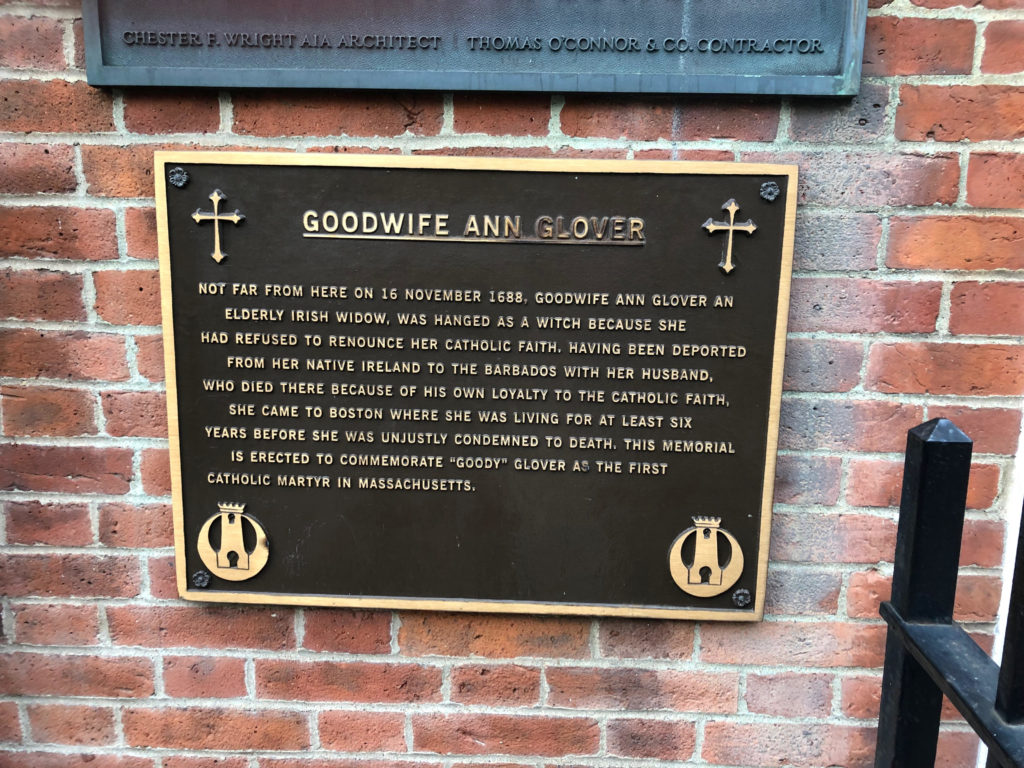
Of course, living in Cambridge I don’t need to travel the globe to find ghost stories or tales of spirits and witches. Or the damage that these beliefs caused to the poor, women and the marginalized. I’m writing these words now near where the hanging tree once stood in the Boston Commons. Yet, at the same time I took the picture below at one of Harvard’s gates, where an extract from Emerson’s journals has been engraved in stone. It would seem that -much like some of the contemporary citizens of Japan whose lives were devastated by the tsunami- Emerson took comfort from the presence of the departed, whether as ghosts or as metaphors. So these stories are double-edged swords, which have justified terrible cruelty, but also provided solace and meaning.
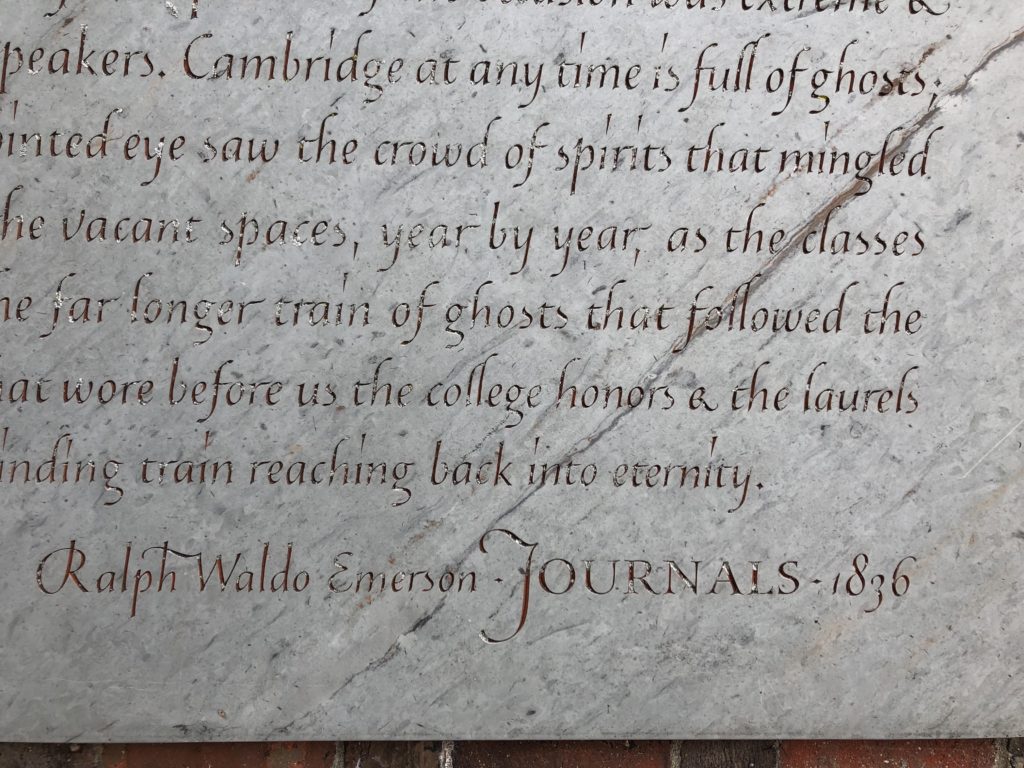
If you would like to listen to an uplifting story about a ghost-like animal, I strongly recommend this podcast by the BBC World Service: Discovery: Back from the Dead. Sometimes it is not people who are haunted, but rather landscapes. My favorite part of this story was when an Aboriginal elder told the Dreamtime story about this animal and said (if I remember correctly): “It’s a mystery to us too.” Much like the other stories here, not all stories of ghosts are frightening. Sometimes people crave contact with a kind of ghost to address the sense of loss in their lives, whether that be longing for departed loved ones, or the sadness caused by species loss in a diminished ecosystem.
If you are looking for more posts related to Halloween, check out this blog post on a ghost ship in colonial Canada, or the ghosts of Hong Kong. You can also read my own book exploring an evil spirit called the Windigo in Indigenous belief in the northern United States and Canada. And if you are taking out children to trick or treat this Halloween, please remember reflectors and glow sticks.
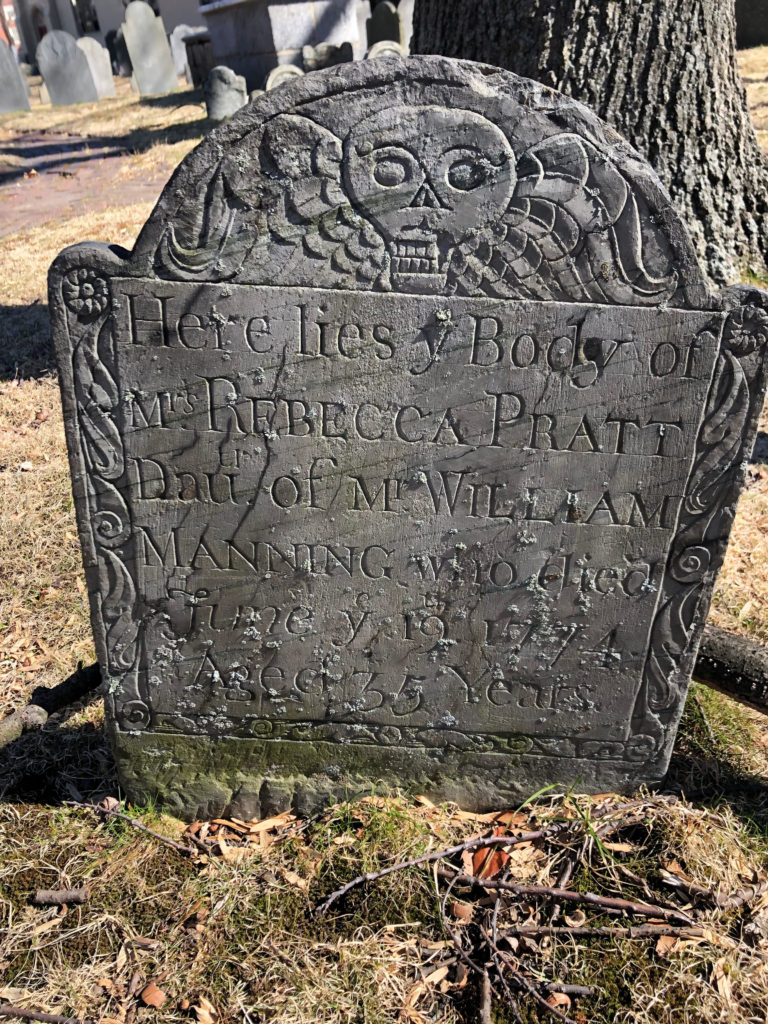
References
Gray, S.E. “Pakwâciskwew: A Reacquaintance with Wilderness Woman,” in Carter, S., & McCormack, P. A. (Eds.). (2011). Recollecting: Lives of Aboriginal Women of the Canadian Northwest and Borderlands. Athabasca University Press, 245-262. This chapter is a sensitive study of Indigenous belief in this Algonquian spirit being. A free PDF of the book may be downloaded here. Athabasca University Press is unusual in that it permits people to obtain free PDFs of their books.
Slater, C. (1994). Dance of the dolphin: transformation and disenchantment in the Amazonian imagination. University of Chicago Press. This rich interpretation of dolphin narratives in Amazonia is one of the best studies of the rainforest’s myths and folklore.
Wheeler, Catherine (2009). Dragons in the Bath. Indonesia: Tokay Press. See pp. 88-91 for the short story “Kasey and the River People.” This book was written as a series of posts for a local newspaper. As a result it’s good bedtime reading, because each chapter is brief. The book details the mishaps that accompany living with animals, the joys of rural development, and the experience of being an expat.
